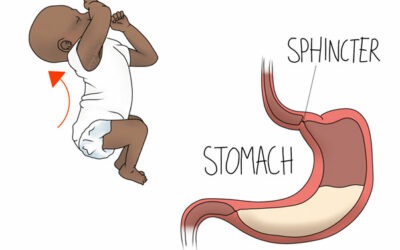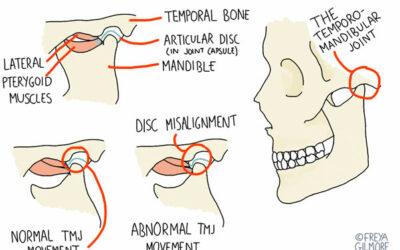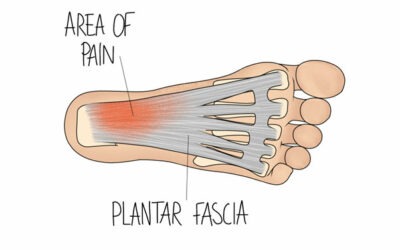 As the mercury begins to rise and we cast off our winter woollies, many of us will be getting busy in the garden to get it ready for the growing season ahead.
As the mercury begins to rise and we cast off our winter woollies, many of us will be getting busy in the garden to get it ready for the growing season ahead.
It’s a time of year when there is so much to tidy and remove from the garden, which means lots of lifting, carrying and twisting.
The long Easter bank holiday weekend particularly brings two extra days to get jobs done in the garden. That’s a whole 50% more weekend – which means 50% more loading, twisting and heaving, all with a risk of taking their toll on the back.
Our receptionists already know what will happen on the Tuesday following the Easter weekend: their phones will ring non-stop from keen gardeners who have done too much. It happens every year.
Don’t be one of our post-Easter callers requesting an urgent appointment! Follow our top five tips for taking care of your back as you work in the garden:
- Vary the position in which you are working to avoid strain or overuse of certain muscles – this may mean leaving a digging job to mow the lawn, then do some pruning before returning to your digging later
- Be patient and carry just one bag to the compost heap or garden waste bin at a time, instead of overloading yourself and risking injury
- When doing jobs like digging and strimming, which tend to use just one side of the body, work little and often, taking regular breaks
- Take care when lifting – bend your knees, avoid twisting your back and lift the load close to your body
- And, importantly, plan ahead what jobs you will do in what order – and include plenty of breaks and opportunities to rehydrate.
But above all, enjoy your time in the garden!



0 Comments